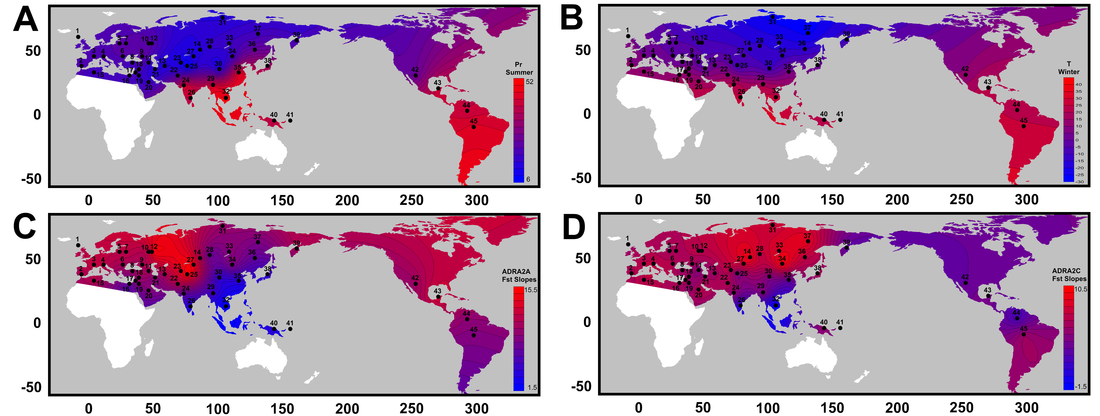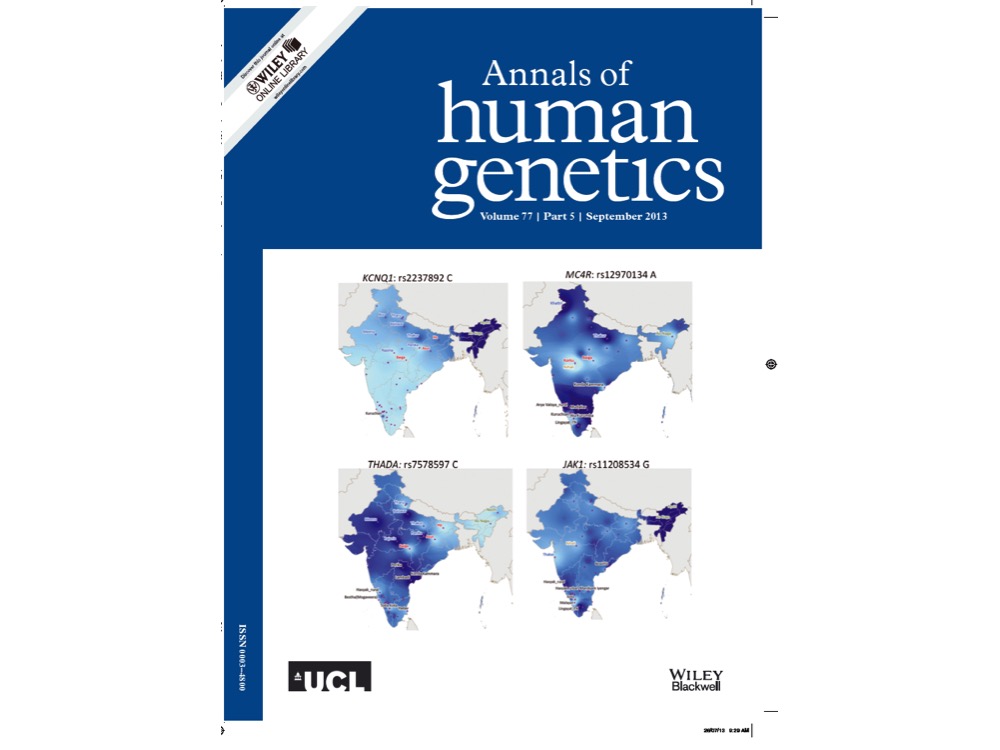Research
Why are certain subgroups of the human population more susceptible to certain disorders than others?
Complex traits are caused by a combination of genes and environment. I use computational, anthropological, molecular and statistical approaches to understand how genetics acts in the context of environment and other non-genetic factors to produce a trait. This work has powerful public health implications, as different individuals and populations experience current changes in the environment in varied ways.
Context-specific disease prediction in different ancestries
I am using and developing machine learning methods to identify combinations of genetic and non-genetic risk factors that result in disease in large-scale genomic cohorts, such as the UK Biobank. Methods include adaptations of the Patient-Rule Induction Method (PRIM) (Dyson and Sing 2009) and machine learning models to predict complex disease outcomes, suck as heart disease, in males and females.
Genetics and genomics of early childhood growth: stunting
Stunting, or height-for-age that is >2 standard deviations below the global standard for children under 5 years of age, affects nearly 20% of children worldwide and nearly 38% of children in India, with some regions harboring >60% stunted children. Stunted growth research has largely centered on environmental causes. However, I am addressing the environmental, medical, genetic, epigenetic and metabolomic contexts in which stunting occurs, in different regions of India.
Adaptation to environment in global populations
Modern human phenotypic differences betray their adaptations to their local environments since they evolved in African around 3-200,000 years ago and emerged out of it from 50,000 years ago to populate the rest of the world. I study the causes and consequences of local adaptation in global populations. Disease susceptibility is a trait which varies across individuals and populations in susceptibility, mechanism and age of onset. Environment plays a major role in the distribution of genetic and non-genetic contributors to the variability of disease.The phenotypic traits I have focused on include: susceptibility to diabetes in Asian populations, susceptibility to hypertension in African populations, and evidence of climate- and diet-based adaptations in these and other populations.

